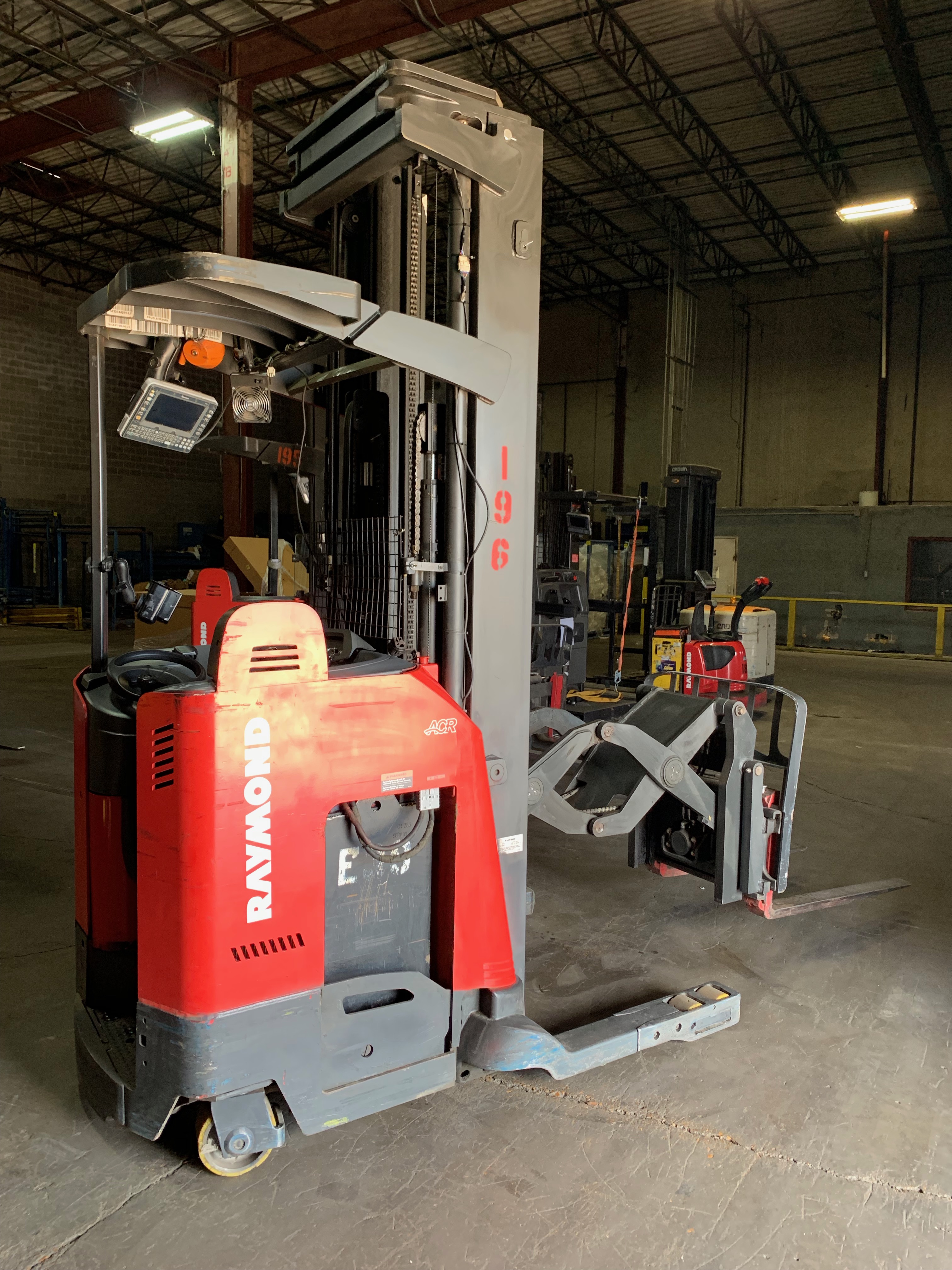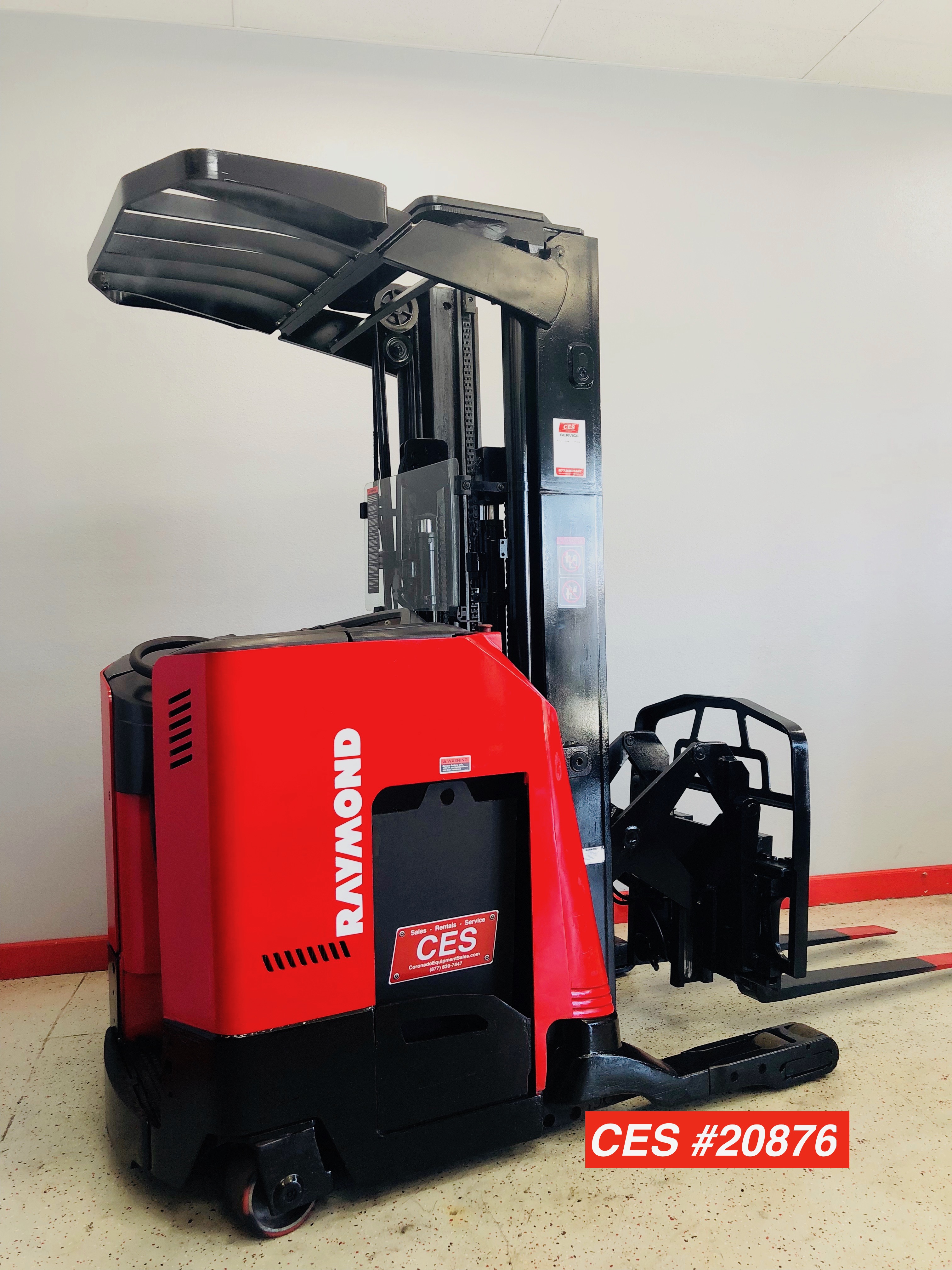




Generally when installing a potentiometer in one of these you would need to have the truck already in maintenance test mode for monitoring the voltage of the respective potentiometer. The range these usually look for is between 0.156v and 4.84v for the lift and throttle pots. These potentiometers look for a voltage range when operating, the truck manager looks at the voltage to make sure it is centered in that range (in neutral position). It is more convenient to diagnose and even more to configure it on the table Regulator wires are color-differentiated: Resistive divider 500 + 560 Ohm brought neutral to 1.27V. For example SS49E in our case had a neutral of 2.62V. All the same, you will have to set neutral in the end. In principle, different linear bipolar sensors are suitable for resuscitation of regulators. If during the initialization of the switch-on the controller does not "feel" neutral = the display will show error 81 (lift) or 83 (accelerator). If it is less, then it may not gain speed. Thus, the deviation can be adjusted from 0.5 to 1 V. Confident operation from 1V down and from 1.5V up. The neutral corridor is set to 0.1V in the range of 1.2. The smaller the control voltage deviation, the smoother the ride. small changes in deviation, in principle, only affect the sensitivity and smoothness of the controller. The deviation in both directions is (0.5 + 0.5) = 1V. during the initialization process, when switched on, the state of the regulators is evaluated. To adjust variometers with a replaced non-programmable Hall sensor, for example SS49E, you can adapt any variometer based on the neutral voltage value, which is 1.25 V. To do this, you need to enter the mode learning through a password. The regulators of the Raymond RT35TT stacker for accelerator (1017546/002) and lift (1017546/002) are almost identical and are based on a variometer using a linear bipolar Hall sensor MLX90215, which assumes programming-learning (calibration) through the sensor output.


 0 kommentar(er)
0 kommentar(er)
